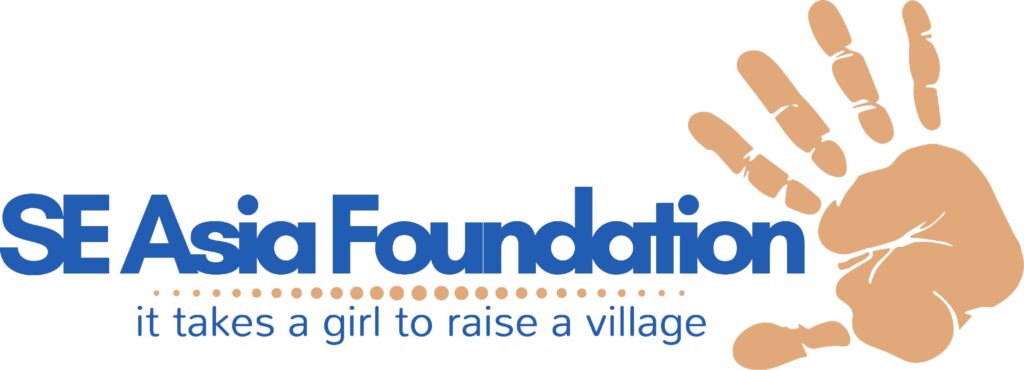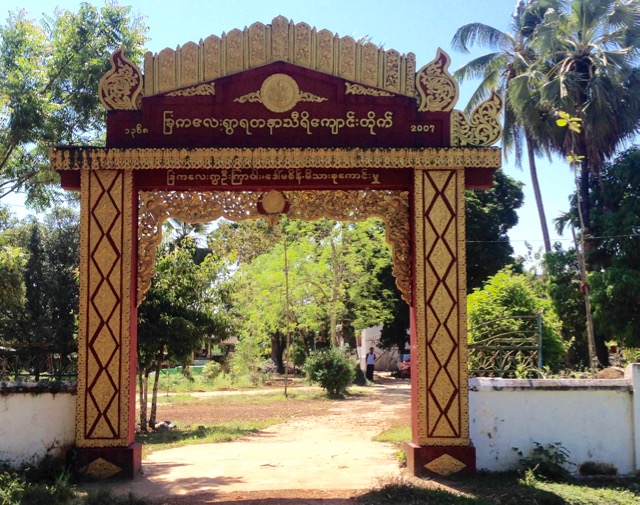
A high school education is such a premium in Myanmar, and especially in the Karin State, that children will travel long distances to access the opportunity to continue their studies beyond secondary school. The Monks here (Led by the Head Monk, Uvimala) provide exactly that opportunity for 149 kids in Grades 10 and 11. (Grade 11 is the final grade in the Myanmar high school system.)
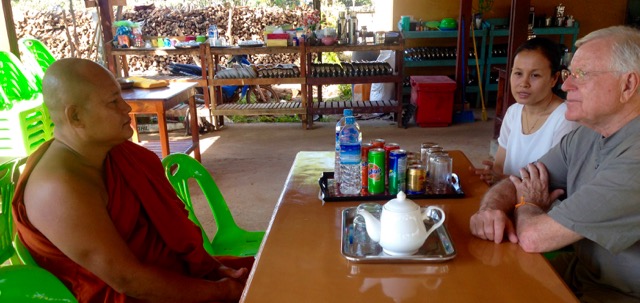
This program here is rigorous to say the least. The kids are in classes 7-8 hours per day and spend a further 4 or 5 hours doing homework and special study. In addition, they all have responsibilities for helping to keep the community operating smoothly.
Like most other monastery schools, this one is struggling to make ends meet. Teacher salaries and food costs take up the largest portion of their operating budget. Most of the parents are able to contribute some “tuition” and related support. And, a generous and supportive community further helps them with donations of rice and other food supplies. They are making do, but with a severe shortage of teachers. They have only three teachers for 149 kids. The classes are large! Unfortunately, the government provides very little help. Nothing for teachers’ salaries; just small amounts for stationery and a few books.
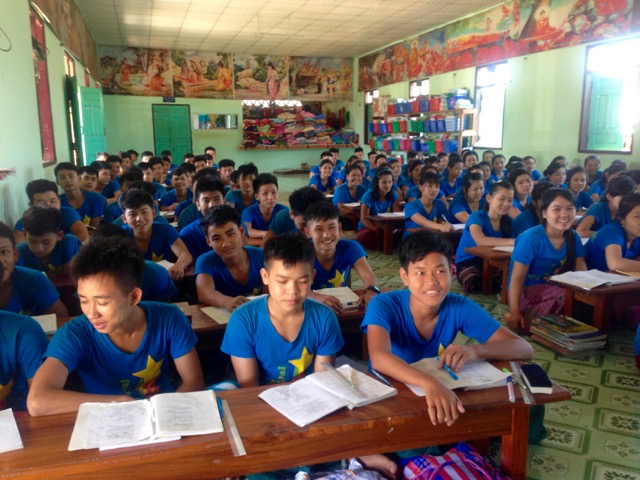
In the five years this school has existed, enrollment has grown from 25 to the current 149. This, of course, has resulted in a shortage of classroom and living space, in addition to the lack of teachers.
Their current budget is $1,100 for their three full-time, live-in teachers. Support for another two teachers would be a huge blessing.
Mostly as a result of strong connections with the local villages and the support received over the years, Uvimala has been able to begin construction on a new classroom building. In the traditional manner of “step-by-step development” he has raised $50,000 to begin his new building. A strong foundation has been built and construction is proceeding, but the budget to bring the building to minimum occupational standards is not yet in hand.
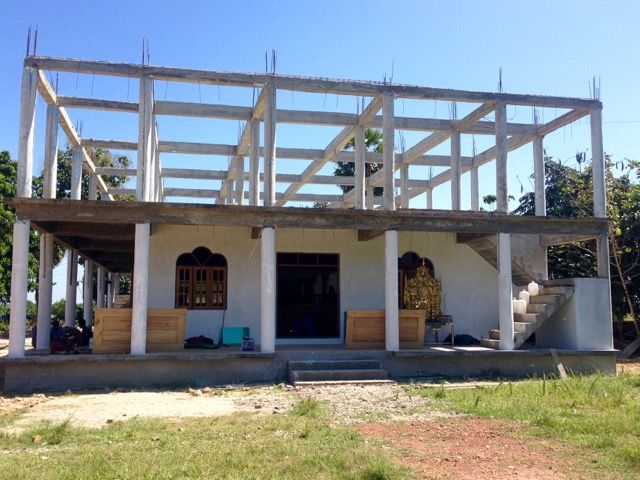
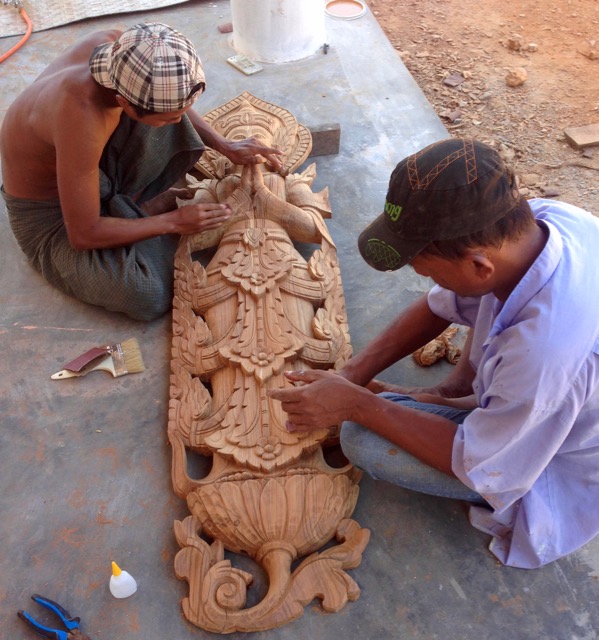
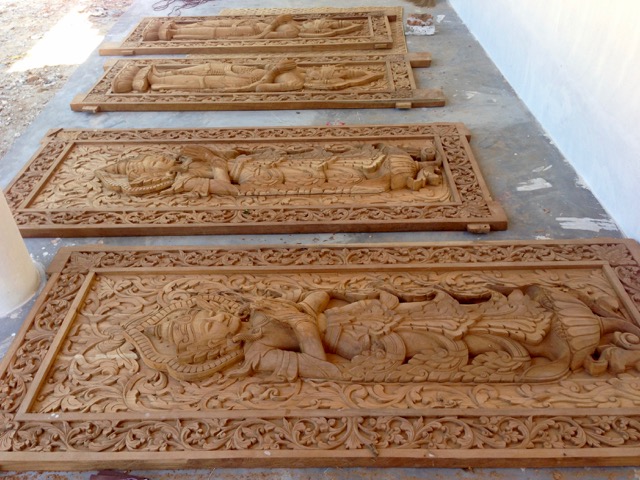
Right now, the crucial priority is to get the roof on the building before the arrival of the next rainy season which will begin sometime in May or June. That means they need to install the ceiling on the second level (the flooring for the third level), build columns to support the roof structure, and install roofing materials to top it off. Once the roof is on, the building it will become usable on all three levels.
The budget for that remaining work is $20,000. They have not been able to raise that funding yet, but perhaps someone reading this report will step forward and take a lead role here.
In keeping with Karin tradition and culture, the local community is likely to come forward and support them with labor, materials, and more funding for walls and windows. That will get the new classrooms fully operational and the kids will no longer have to sleep in the same rooms in which they study.
We talked about their future in the face of the increasing demand for high school education in the area along with the Monk’s desire to begin his kids in Grade 9, not Grade 10. Many arrive with such poor primary and secondary education from their local villages that they have a lot of catching up to do in order to meet the high academic standards at this school.
We spent a fair bit of time talking about how the Monks can continue to meet the demand and maintain their high standards. The local community is far more supportive than the government, and it is likely to remain that way. Nevertheless, the big need remains funding the ongoing costs of teacher salaries and food.
We explored opportunities work towards self-sufficiency and perhaps initiating one or more Social Businesses. Turns out there are some interesting possibilities in this remote, highly agricultural area.
An enormous amount of rice is grown here. And, given the lack of economic opportunity in the region, a large number of young people have already gone to Thailand for work. Labor for rice harvesting – a very labor intensive endeavor – is severely lacking. And, I am told that in this particular region rice harvesting is also hazardous because of the number of poisonous snakes, including cobras, living in the rice fields. Many people are seriously bitten each year.
Machines for harvesting rice do exist, but not a single one is anywhere near this region. We’re now in the process of investigating the economics fo a fee-for-service rice harvesting Social Business. And, given the out-migration of so many young people, many of the local rice fields are lying fallow. So, another possibility is to rent those fields and expand the Social Business into rice growing as well as contract harvesting.
More on that Social Business possibility after we do further research.
